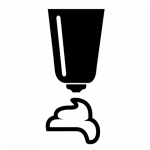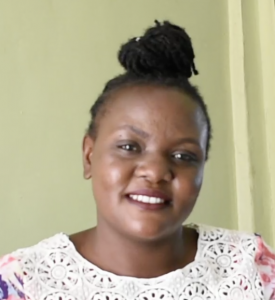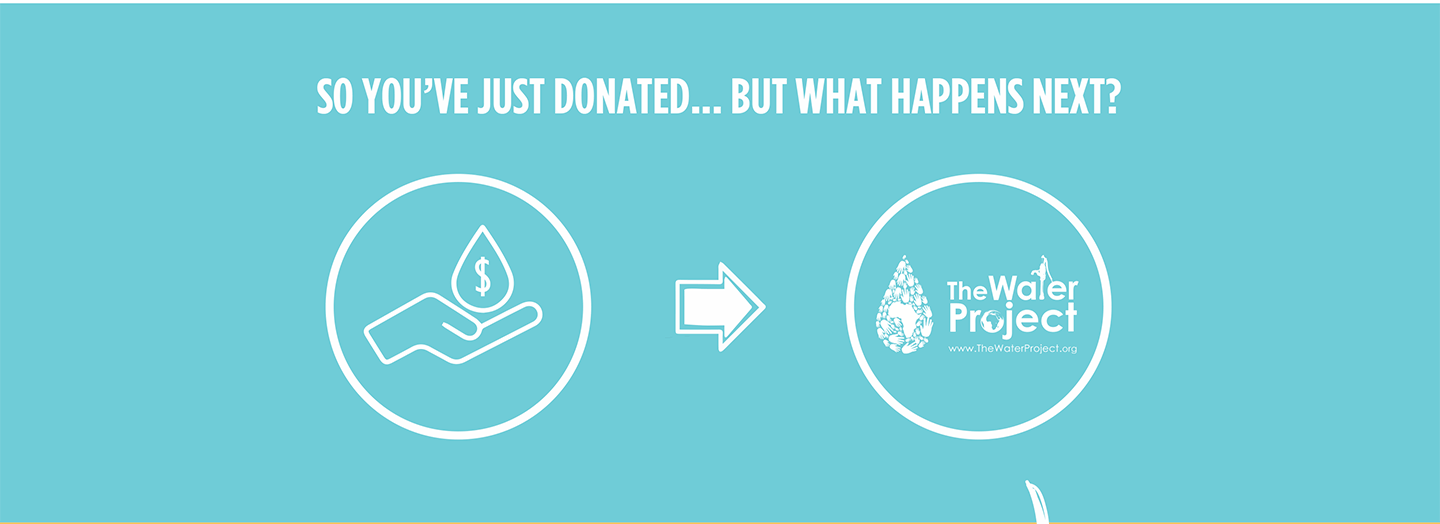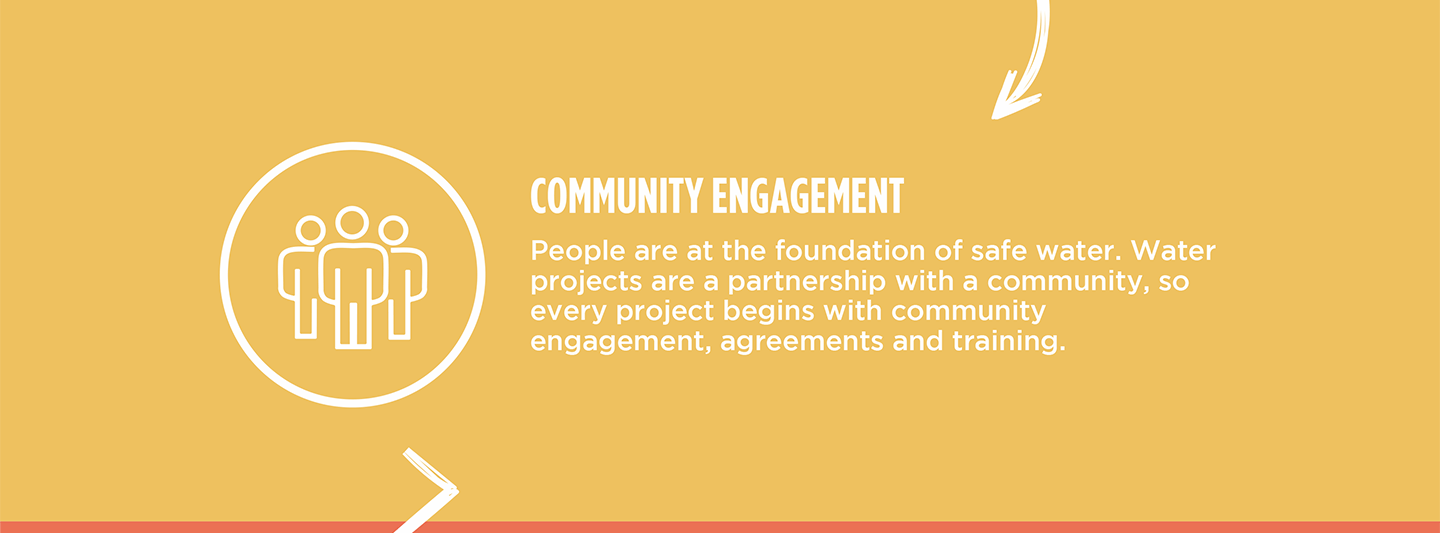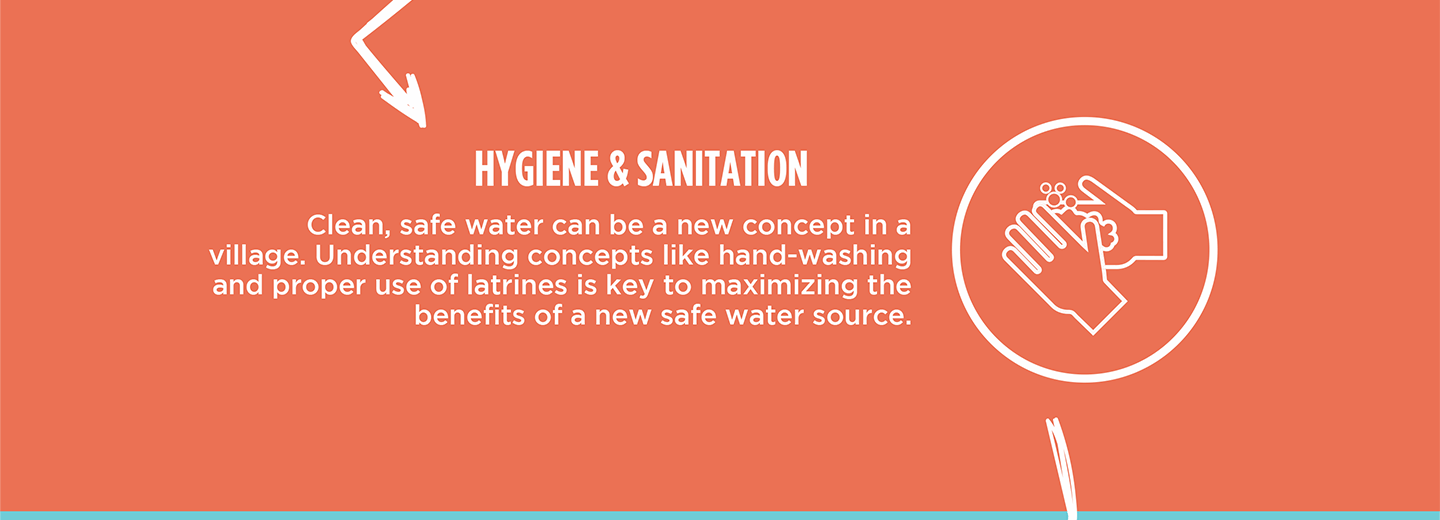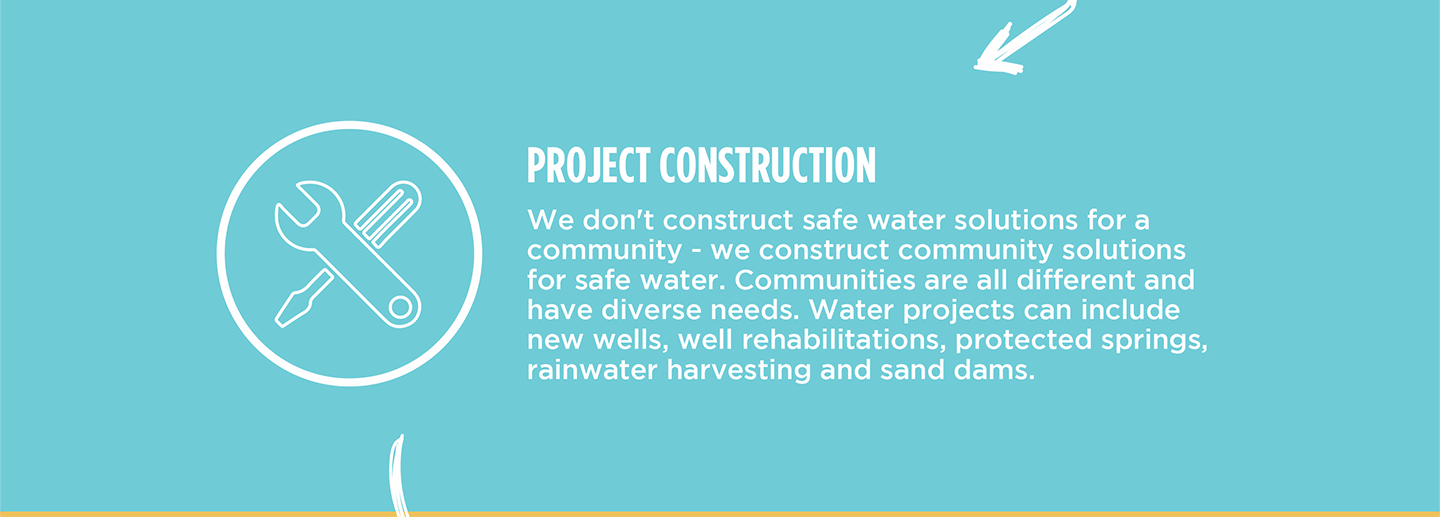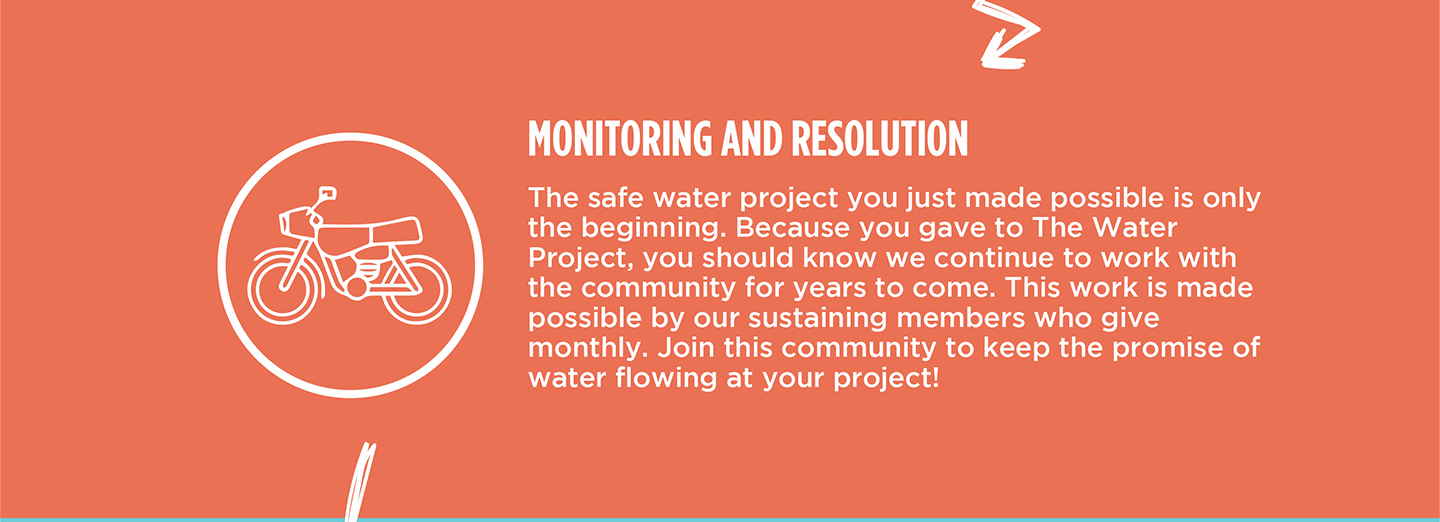In the Buloma Community, 350 residents struggle to access safe water. Though the flowing water at Malaki Spring looks clear, due to its state of disrepair, the water is not properly filtered, leading to dangerous waterborne diseases running rampant in the community.
"Most of the children have suffered from diarrhea because of drinking water directly from the spring. Most of the adults who do not treat their drinking water have complained of stomachache issues, and others have suffered from E. Coli infections. This led to a loss of life in that community in the year 2022," shared Field Officer Adelaide Nasimyu.
"The drawing area is broken with stagnant water in it. It feels so uncomfortable while fetching water barefoot. During the drought season, the queue is always long, and [it is] unbearable to wait for your turn to fetch water. This waiting makes people not wait but draw water that escapes from the sides of the spring box," she continued.
15-year-old Lincoln is acutely aware of the effects of consuming contaminated water.

Lincoln at the spring.
"The last time I was sick because of drinking dirty water, I was very sick until I was admitted to the hospital. I received several injections and a lot of drugs. Going to the hospital every day for [an] injection after being discharged was not a good experience. It was painful and stressful at the same time. I had to take drugs on a daily basis, which was an awful thing to do," he shared.
Falling ill so often, Lincoln misses school, leading to a decline in his education. Even when he's not sick, there are significant obstacles to prioritizing his education.
"Fetching water, especially in the morning, makes me late to school. Sometimes, I find the teachers have already taught the first lesson. Catching up on the lost lessons becomes hard since I don't have time to concentrate and revise. This has made my grades drop greatly," said Lincoln.

Long lines not only make Lincoln late to school but they often lead to conflicts between community members, burdening Lincoln with unkindness from others.
"There was a time I was laughed [at] by girls saying that fetching water is a girl thing, and I really felt ashamed. When my mother sends me for water, I can't refuse her because [I] am the only child, and I have to help her. I just take in the insults and pretend that I have not heard anything," bravely shared Lincoln.

The protection of the spring will improve access for everyone, lead to shorter wait times, and foster stronger community connections. As a result, Lincoln and other children will no longer have to miss extended periods of school due to water-related issues.
Steps Toward a Solution
Our technical experts worked with the local community to identify the most effective solution to their water crisis. They decided to safeguard the existing flowing spring.
Spring Protection
Springs are natural water sources that originate from deep underground. As water travels through various layers of the earth, it undergoes a natural filtration process, making it cleaner and safer to drink. To protect these spring sources from contamination, we construct a waterproof cement structure around layers of clay, stone, and soil. This design channels the spring water through a discharge pipe, facilitating easier, faster, and cleaner water collection.
Chlorine Dispenser
As an extra measure towards water quality safety, uniquely engineered chlorine dispensers are installed at all of our spring protection projects so community members can treat their water with pre-measured doses of chlorine. The chlorine treats any residual contamination and stays active for two to three days, ensuring water stays safe to use even when stored at home. Chlorine delivery and maintenance of the dispensers are part of our ongoing community support.
Community Education & Ownership
Hygiene and sanitation training are integral to our water projects. Training is tailored to each community's specific needs and includes key topics such as proper water handling, improved hygiene practices, disease transmission prevention, and care of the new water point. Safe water and improved hygiene habits foster a healthier future for everyone in the community. Encouraged and supported by the guidance of our team, a water user committee representative of the community's diverse members assumes responsibility for maintaining the water point, often gathering fees to ensure its upkeep.

 Protected Spring
Protected Spring
 Rehabilitation Project
Rehabilitation Project




